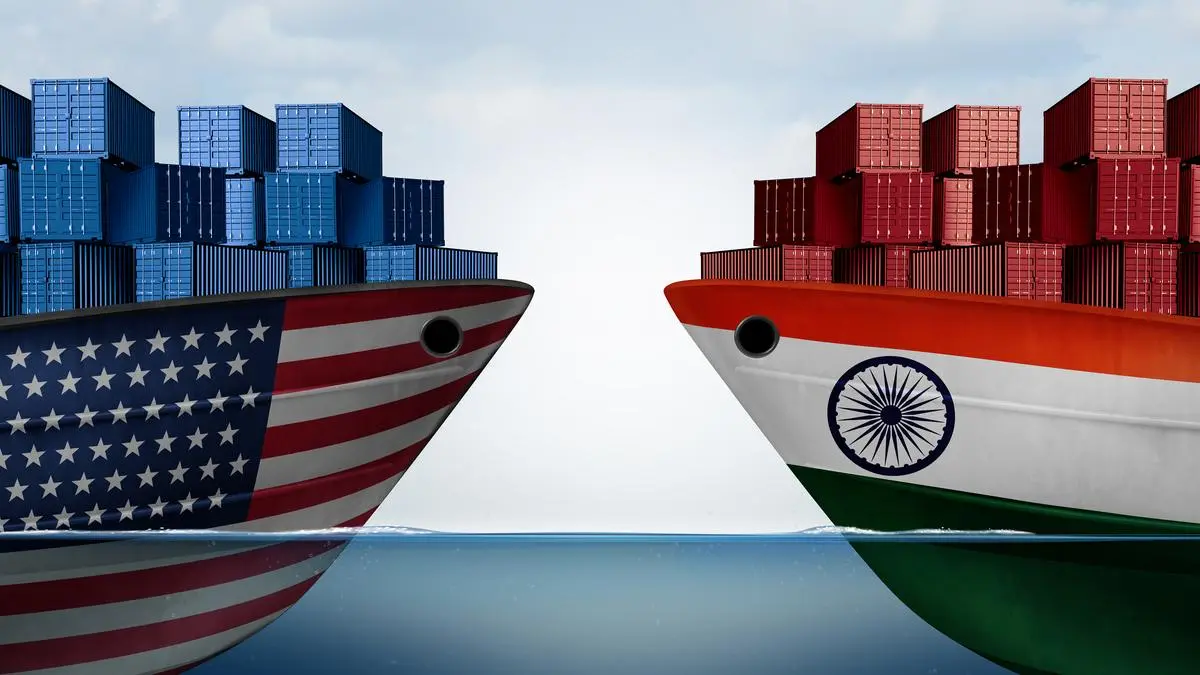The world’s wetlands play multiple crucial but unrecognised roles – protecting biodiversity and flood control, to name but two. However, despite the 1971-Ramsar Convention, which provided the framework to conserve wetlands, there has been a gradual loss of global wetlands to activities such as urbanisation, agriculture or pollution. India is no different: Some estimates suggest that about 65 per cent of its wetlands might have been lost. It became a party to the Ramsar Convention in 1982 and has since brought 89 wetlands under the protected area framework. The National Wetland Atlas 2024, published by the Space Applications Centre of ISRO, states that India has a total of 16.89 million hectares of wetland area – including river but excludes paddy field areas – which works to about 5.12 per cent of the country’s geographical area.
Conservation of wetlands received a boost after conservationists adopted a scientific approach and established legal frameworks over the past two decades. In Chennai, the Pallikaranai Marsh, a 1,247-hectare freshwater marsh and partly saline wetland, became the symbol of this movement. Dr. Jayshree Vencatesan, co-founder and Managing Trustee of Care Earth Trust, and Dr. Ranjith Daniels, co-founder of CET, using basic tools, carried out the first biodiversity assessment of the marshland, with support from the Tamil Nadu Pollution Control Board, which also helped them take the message far and wide. In an interview with Saptarshi Bhattacharya, Senior Coordinator, The Hindu Centre for Politics and Public Policy, Dr. Vencatesan, a recipient of this year’s Ramsar Award for Wise Use of Wetlands, one of the 12 women globally recognised for their work in wetland conservation, traces her journey and the various learning curves that she had to negotiate. “Every research that happens in this world is public funded. It’s your responsibility to give it back to people,” she emphasised. Excerpts:










